As specialists in the promotion of goods and services within POSM Consulting, we can support your company, also in the field of auditing the used store space. In this way, you will get a reliable assessment of the effectiveness of your sales and you will receive tips that will help you develop your business. As a leading manufacturer of POS materials in Poland, we want our customers to get the greatest benefits from the materials we produce "Point of sale". Hence, we offer the possibility of cooperation in the field of consultations regarding the articles used in the promotion to increase the sale of products. Our experienced team of marketers will be happy to audit the POS accessories you use. We will determine the adaptation of the advertising materials used to the place of promotion, type of goods sold / presented, target group, visual identity of the brand, etc. In this way, we will help your company choose the sales supporting materials that will be the most effective for the campaign. You even more effectively use the commercial space at your disposal. It is worth remembering that incorrect display of goods, free space in the store is a constant loss in turnover and profits. Proper presentation, eye-catching POS materials, functional shelves and various types of stands are the key to increasing sales in your company.
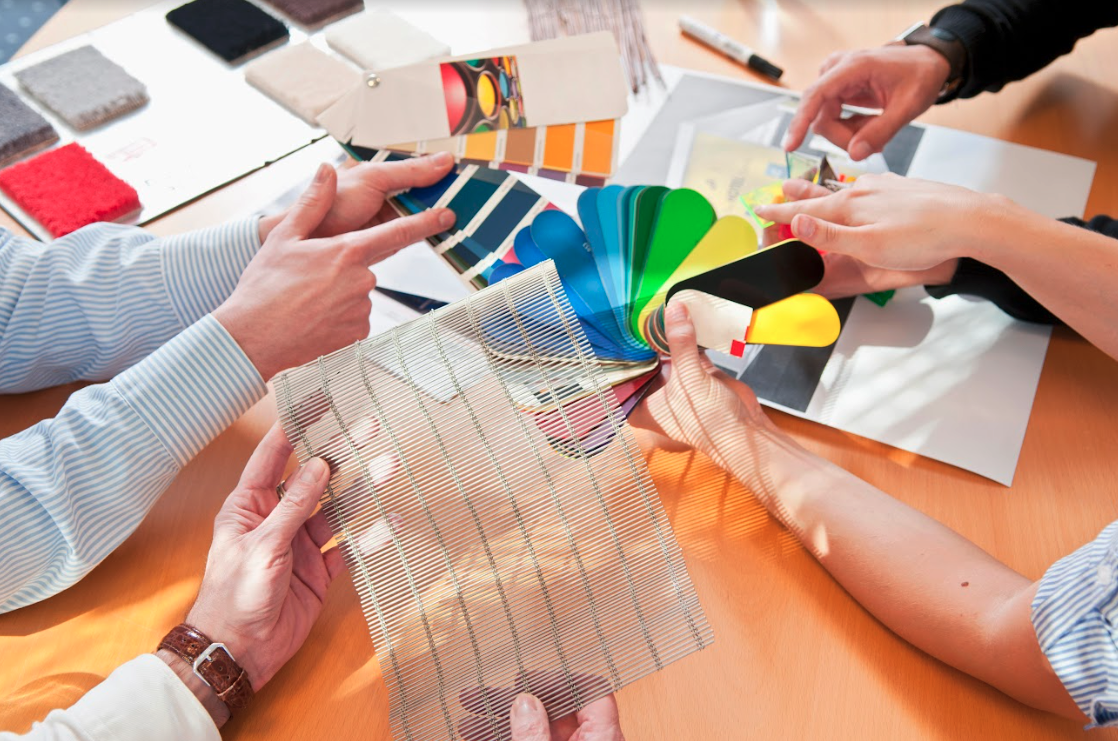
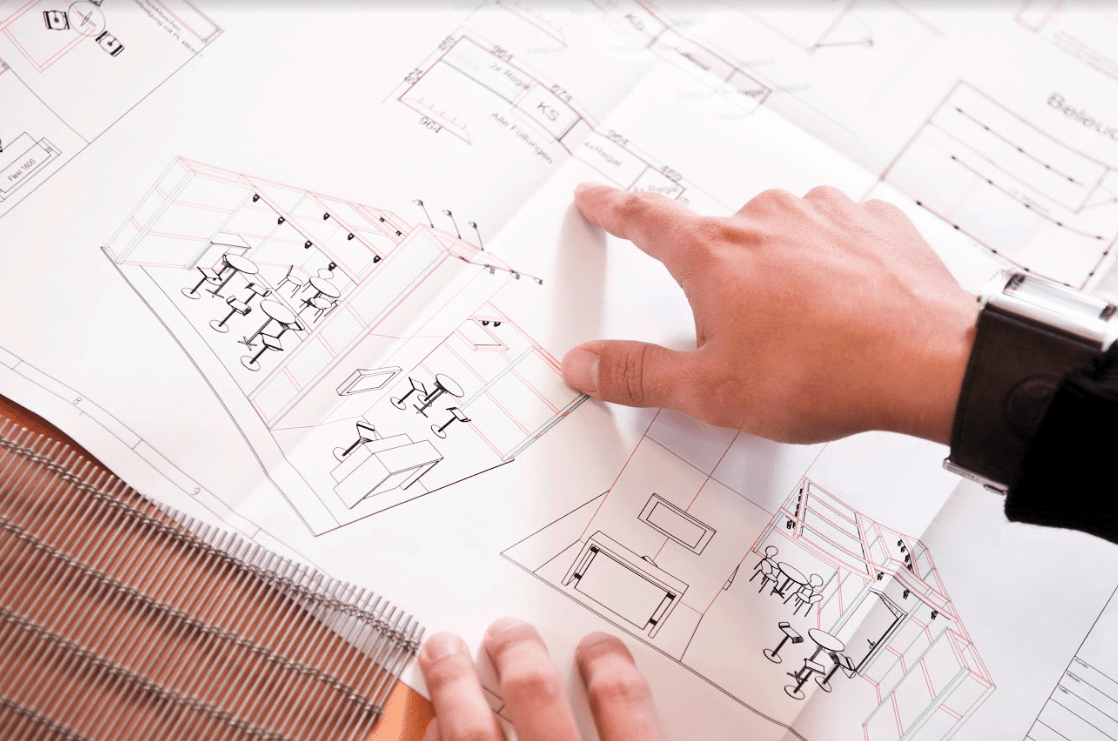
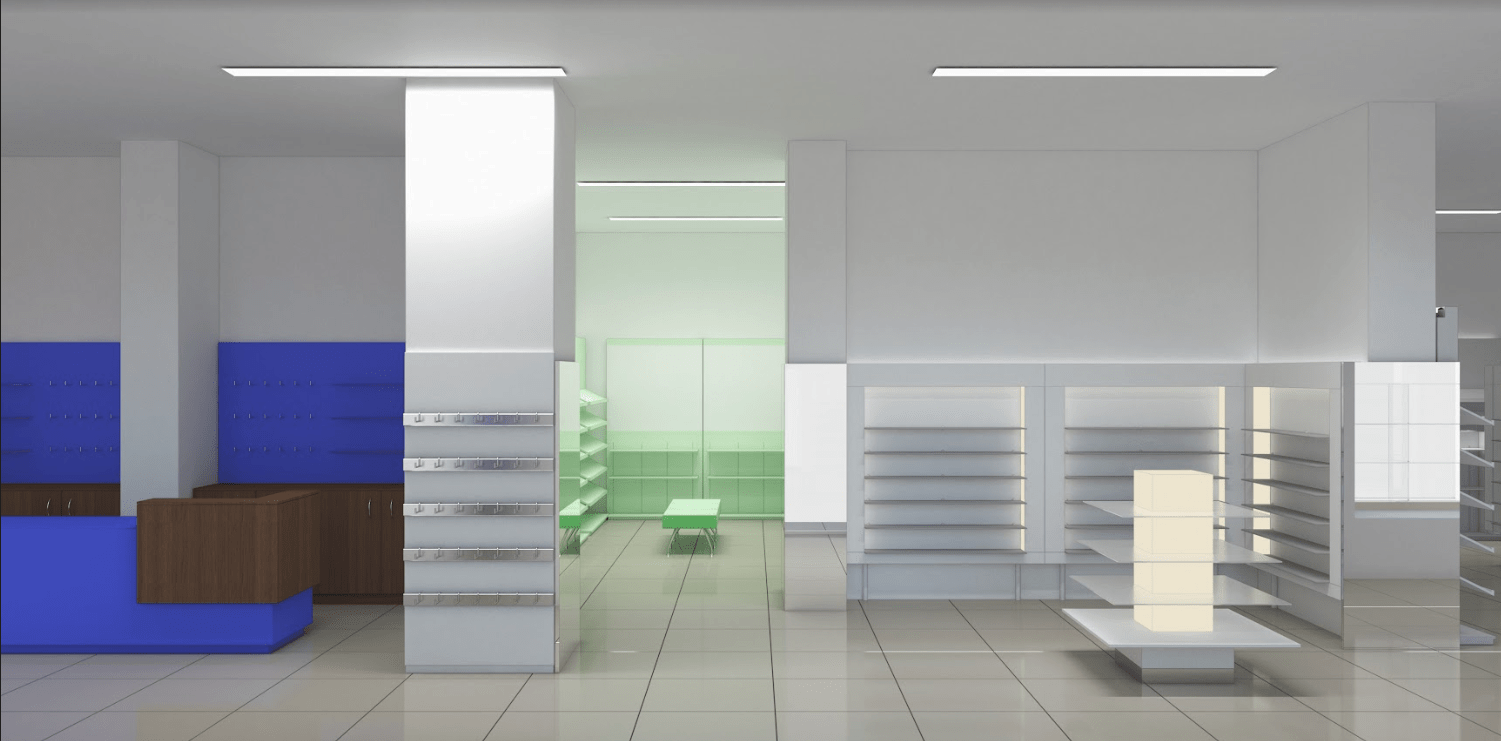
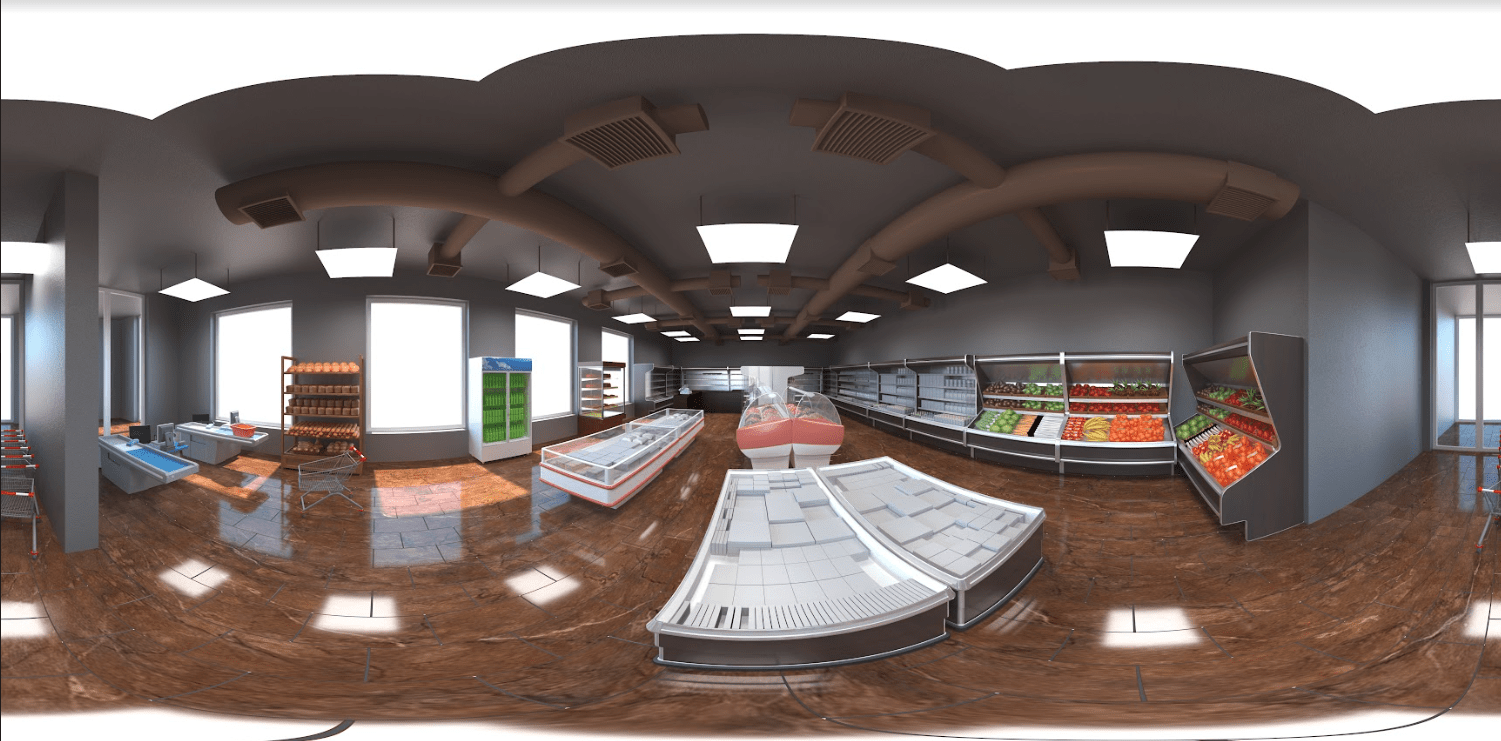
What are POS materials
POS (point of sale) or POSM (point of sale materials) are all types of materials intended to support sales at the point of sale. As a rule, POSs are a carrier of BTL advertising - that is, advertising that appears outside the mass media (radio, television, press). The nomenclature also includes the name POP (point of purchase), which is mainly used in the USA and Russia.
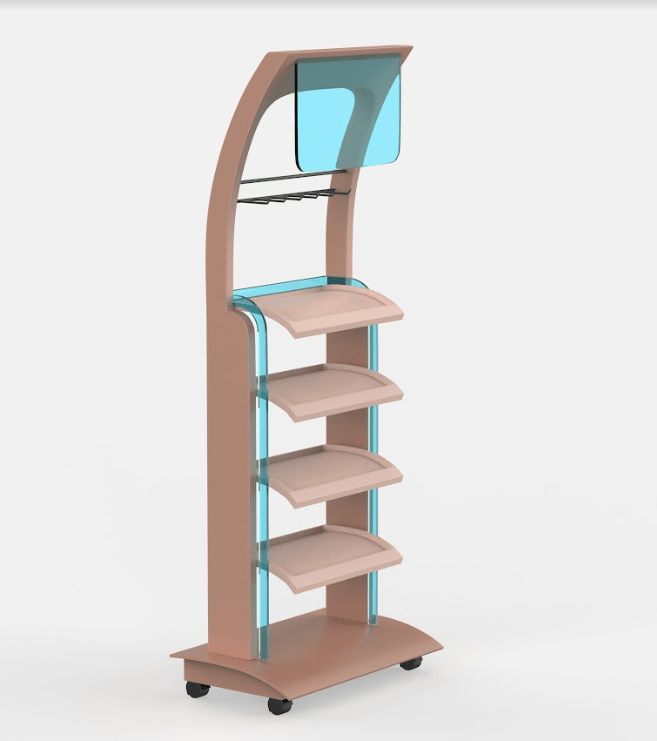
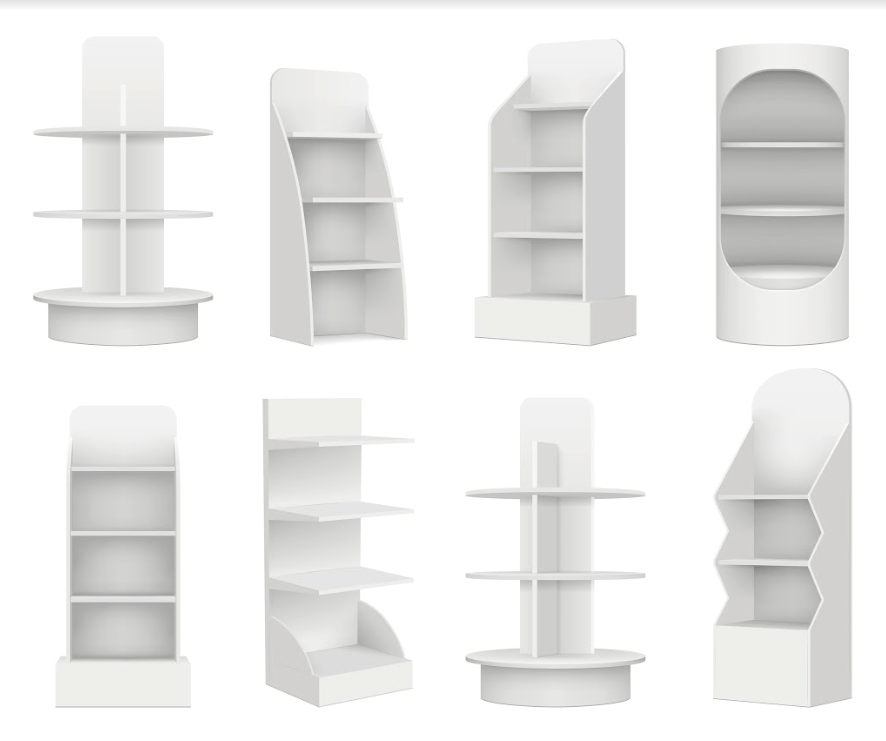
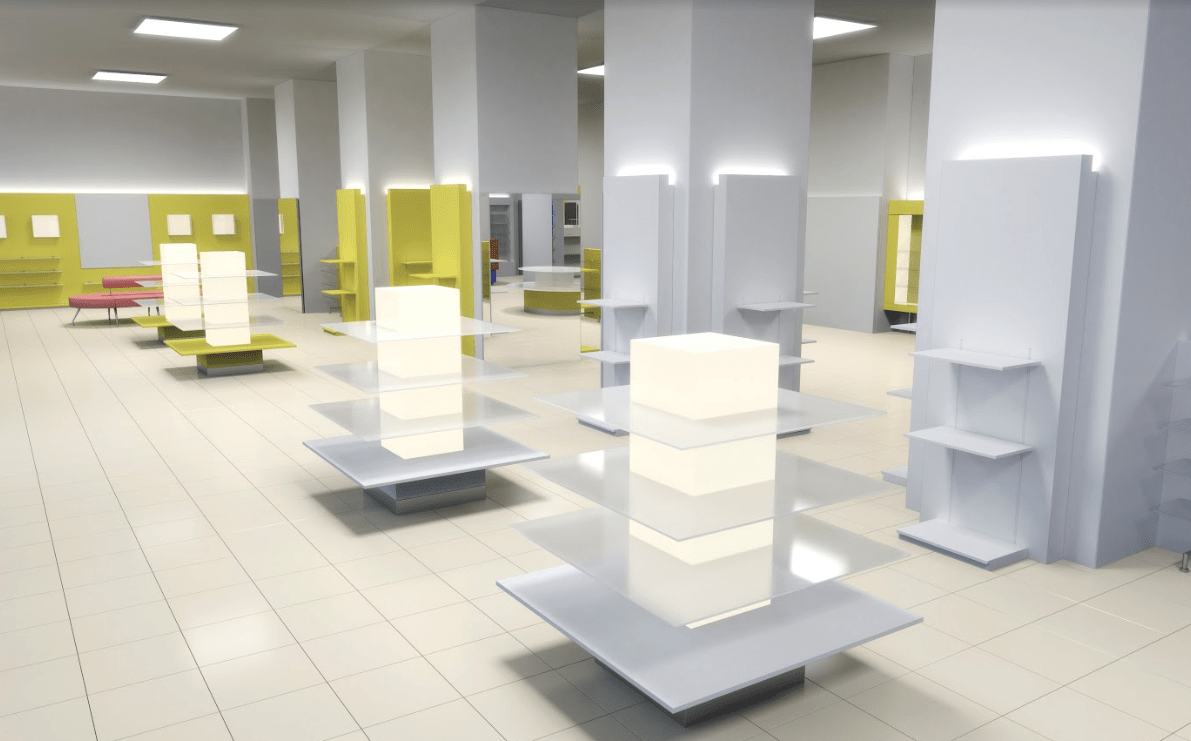

Types of POS materials
Among POSM, hard and soft POS materials are distinguished. Hard POS materials include all permanent sales supporting products that can be used for a longer period of time, such as shelves, coffers, counter displays, stands, etc. Soft POS materials are rather perishable and made of cardboard, cardboard or paper.
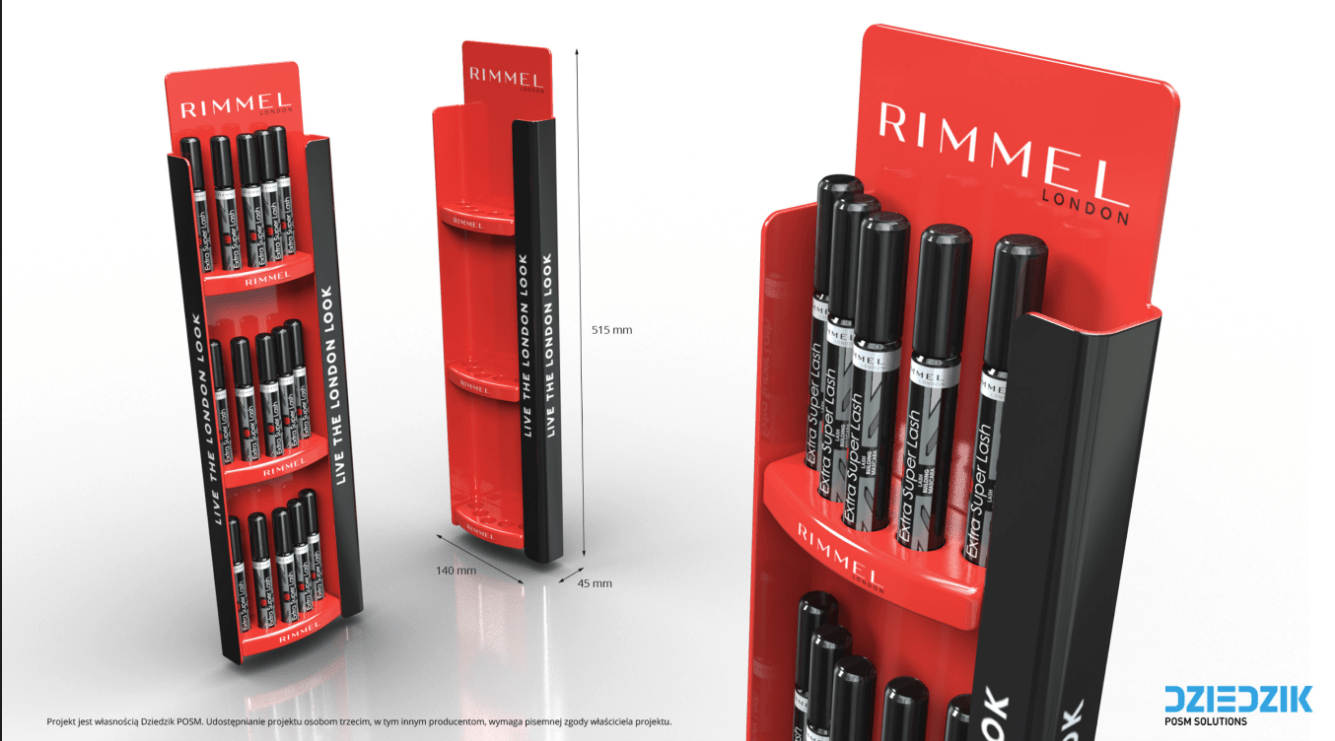

POS can also be divided according to the location at the point of sale, i.e. on the floor, on the shelf, on the counter, on the ceiling and on other advertising materials. Large and usually durable materials supporting sales are placed on the floor: stands, shelves, large displays, stands and commercial islands for advertising and presentation and tasting, as well as roll-ups, signy field (also known as storks), stands or advertising stickers. As part of the materials intended for the counter, you can distinguish, among others leaflet dispensers, smaller stands and displays as well as cash trays, including cash trays containing product samples. POS materials are also placed directly at the point of sale - i.e. on store shelves. All kinds of wobblers, shelf-stoppers, shelf-liners and toppers, which are a specific form of shelf advertising, work here. Flags and hangers (or ceiling hangers) are placed on the ceilings. There is also a group of POS materials that do not have an assigned location at the point of sale. This group includes, among others leaflets, stickers, advertising mirrors, lightboxes, tombstones and info kiosks.
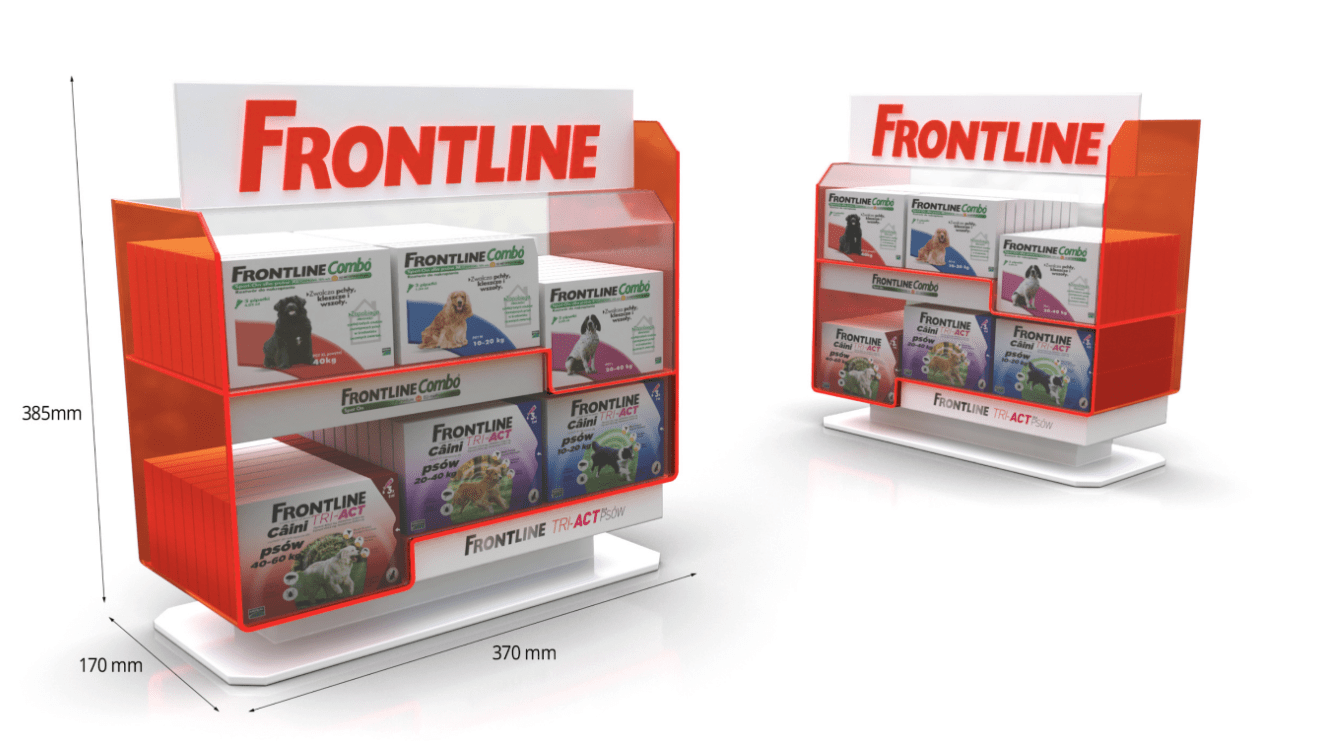

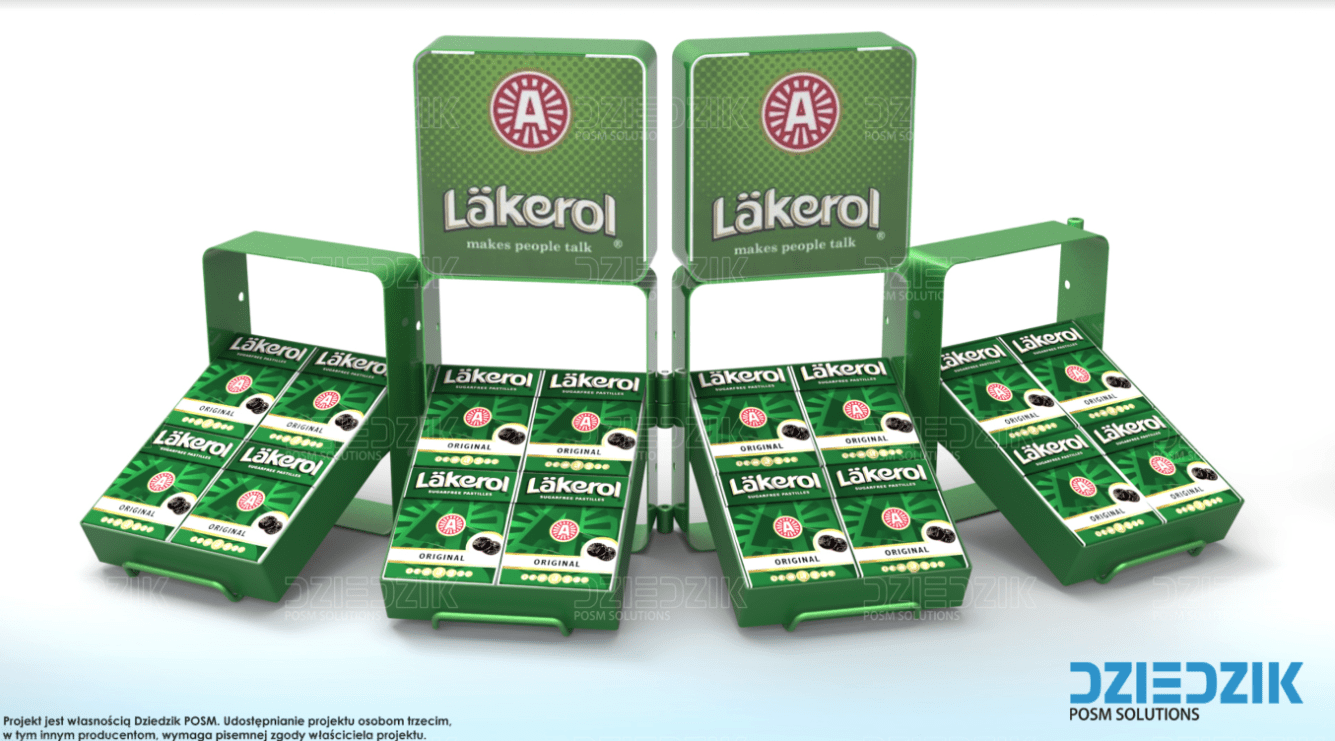
Raw materials used for POS materials
POS materials are produced from a wide range of raw materials. Soft POSM materials are produced using cardboard, cardboard or paper. For the production of hard POS materials, plastics, wood and wood-based materials or metal are used. Plastics are particularly popular, thanks to their properties (durability, the possibility of shaping various shapes, relatively low weight), they allow to produce any product that supports sales. Particularly popular are POS materials made of transparent plastic that imitates glass. Wood is also increasingly used to emphasize the ecological or traditional nature of products, as well as metal associated with modernity and technology. Importantly, these raw materials can be used together, creating a unique shape and spatial dimension of the POS.
Printing plays an important role in the production, giving the advertising products a unique graphic design. In the case of POSs, all types of printing are used, which are adapted to the materials used and the expected visual effects.
The play of lights is also increasingly used in POSs. In spatial forms, LED lighting is reliable, which attracts the attention of consumers even more effectively. Multimedia and elements enabling interaction with the client are also more and more popular among advertising materials.
When were the first POSs
The functioning of sales support materials is probably as long as trade and was related to the presentation of products intended for sale or barter of goods. The first mentions of marketing activities aimed at advertising goods can be found in antiquity. Even then, they took a graphic form, e.g. in the form of signs mounted on taverns or inns. In the documented history, the first POS materials were introduced by the ancient Greeks, who wrote down information related to cultural or sports events and distributed them among citizens. This approach was popularized with the invention of printing, which became the flywheel for the development of all promotional activities in sales and was of great importance for the development of advertising.
The industrial revolution was crucial in the development of POS, which enabled the real mass production of goods. It also contributed to an increase in the wealth of the society. The development of trade began to coincide with the increase in competition on the market and the need for effective advertising of products. After the industrial revolution in the twentieth century, the advertising industry has recorded rapid development, using more and more modern forms of communication to increase the number of recipients. Recently, the dynamic development of multimedia technologies has also been reflected in POS materials, which commonly use films, applications, and presentations involving retail customers.
